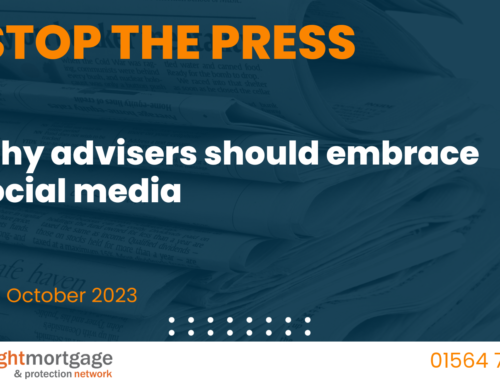The world was rocked by the death of Jonah Lomu, one of Rugby’s greatest stars, he was just 40 years old. His death was mourned across the world and highlighted that our time on earth comes with no guarantee of longevity.
Despite his fame and success Jonah died relatively broke. The mansion he shared with his family was rented, the cars bought on finance and very little in the way of savings. His lack of assets and savings has been blamed on maintaining a lifestyle that 20 years of illness made unaffordable1. The chances are that he’d have been off work for much of the twenty years of illness, dialysis and surgery he endured. Jonah’s story is clear evidence, if any were needed, that you’re never too young to take out the cover you need.
As bad as the situation is, there is a worldwide community of loyal fans who have set up a trust fund to provide an income for his sons. That would not be the case had he been just another working man from across the street. And if he’d lived in the UK, where only 9% of working households have any income protection in place, it’s highly unlikely that he’d have had protection in place2. As sad as they are, such high profile cases present a perfect opportunity for advisers to introduce protection to their client conversations. Most clients will need at least some protection, they just don’t buy it, and those who do, don’t buy enough of the right cover. Income protection which covers the highest risk your clients face, remains the protection underdog.
In fact, we live in a topsy turvy world where the most bought cover is life cover and the least is income protection. Why? Perhaps because life cover is easy to sell – we all die and it’s cheap. On closer inspection however, the reason why it’s so cheap is quite clear – we rarely die prematurely. Conversely, income protection is relatively more expensive because the risks are so much higher, which would surely be an indication that clients need it.
Within our industry, the 7families campaign has done a lot of good work in terms of raising awareness of the need for income protection. Much more has to be done to raise awareness with consumers. And that probably needs to start with advisers.
There’s plenty of convincing material out there and loads of reliable statistics that could help you open the income protection conversation. Most providers also have a stacked toolbox that you can dip into. It helps if you have a solid understanding of the limits of state support, because it is limited. And unfortunately most of your clients will only be vaguely aware of what kind of support they could expect to receive. Highlighting the reality may be enough to open their eyes to the need for more than just some life cover. You can easily do this using entitledto.co.uk
If there’s any doubt, you only need to look at the depth and breadth of welfare reform to understand that state support is likely to be limited. Benefit caps, the bedroom tax, means-testing, the move to universal credit are just some of the changes the government has made to reduce the welfare bill. Significantly, support for mortgage interest will become a loan from April 2018 upon which interest will be charged and admin charges will be levied. Additionally, from April 2016 those in need of that support will need to wait 39 weeks before it kicks in.
Our benefits system is complex as is the application process. Figures from the 2011 health and work report tell us that each year 650,000 people make a claim for Employment Support Allowance (ESA) but only around 300,000 end up with any health related benefit. Those odds aren’t that great. Add to that the limited support most employers offer and the gap becomes quite evident.
If you don’t have these conversations with your clients who else will? Who else has your expertise? And importantly, how would you feel if, having secured the mortgage for your clients, they subsequently ended up with a financial nightmare that enough of the right cover could have protected?
Source: 1 The Guardian 2Mintel Income Protection – UK February 2015





